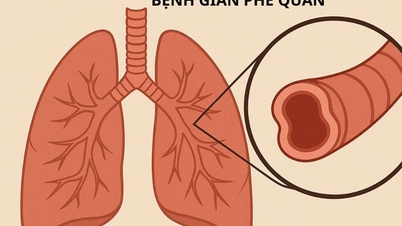Located in China's southwestern Sichuan province, Yangsi village has puzzled scientists for decades because 40% of the population are dwarfs.
According to the village elders, their normal and happy lives were “destroyed one summer night in 1951” by a strange disease. The disease mainly affects children between the ages of 5 and 7, causing them to stop growing and remain at the same height for the rest of their lives. In addition to not growing taller, some patients suffer from various disabilities.
A 1985 census found some 119 similar cases in the village. The disease does not stop with the initial victims, it is passed on to the next generation. As of 2014, 36 of the village’s 80 residents are dwarfs, the tallest being about 117 cm tall, the shortest 64 cm.
In January 2008, the Zizhong County health authorities conducted X-ray examinations of the dwarves in Yangsi Village. The scans revealed bone abnormalities, reflecting stunted growth.
Dwarfism is short stature due to a medical or genetic condition. By definition, people with dwarfism are 147 cm (46 in) or shorter. The average height of people with dwarfism is 122 cm (49 in).
There are many different medical conditions that cause dwarfism. Disorders are generally divided into two broad categories:
- Disproportionate dwarfism causes the patient's body size to be disproportionate, with some parts being small and others being average or above average. These disorders cause disproportionate dwarfism and inhibit bone growth.
- Proportional dwarfism occurs when body parts are equally small, consistent with an average body size. The condition is present at birth or appears in childhood, limiting overall growth and development.

People in Yangsi village are of modest height. Photo: Courtesy Feed
Scientists and experts visited Yangsi to study the water, soil, and food resources in the area. They examined the affected patients, hoping to find an explanation for the rare condition. In 1997, experts hypothesized that high levels of mercury were present in the soil of Yangsi, but they were unable to prove the hypothesis. As a result, the cause of the disease remains a mystery to this day.
Although the Chinese government did not deny the village’s existence, it closed the area to foreign visitors. Photos of the locals circulated, along with some bizarre rumors. The situation was officially recorded in 1951, but reports of dwarfs date back to 1911.
Recent research shows that later generations appear to be unaffected by the strange disease.
Thuc Linh (According to Stoly, Panarmenian )
Source link




![[Photo] Unique art of painting Tuong masks](https://vphoto.vietnam.vn/thumb/1200x675/vietnam/resource/IMAGE/2025/11/14/1763094089301_ndo_br_1-jpg.webp)


![[Photo] Unique architecture of the deepest metro station in France](https://vphoto.vietnam.vn/thumb/1200x675/vietnam/resource/IMAGE/2025/11/14/1763107592365_ga-sau-nhat-nuoc-phap-duy-1-6403-jpg.webp)


























![[Photo] Special class in Tra Linh](https://vphoto.vietnam.vn/thumb/1200x675/vietnam/resource/IMAGE/2025/11/14/1763078485441_ndo_br_lop-hoc-7-jpg.webp)









































































Comment (0)